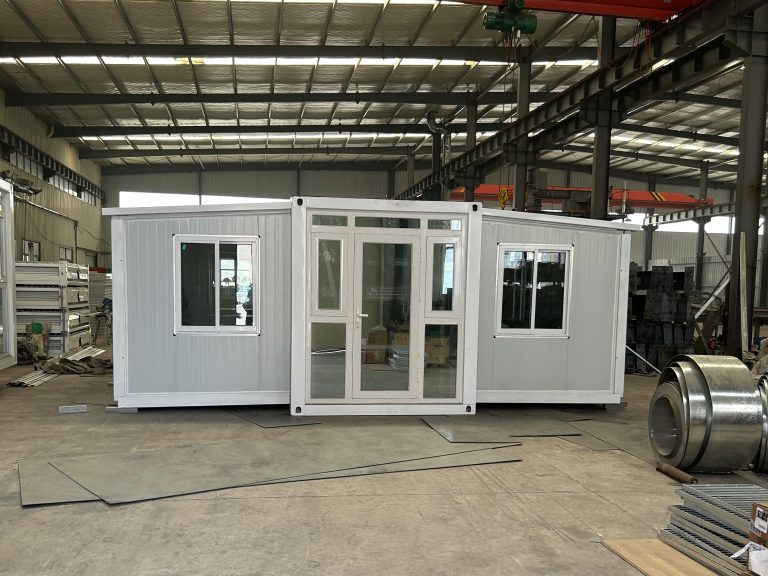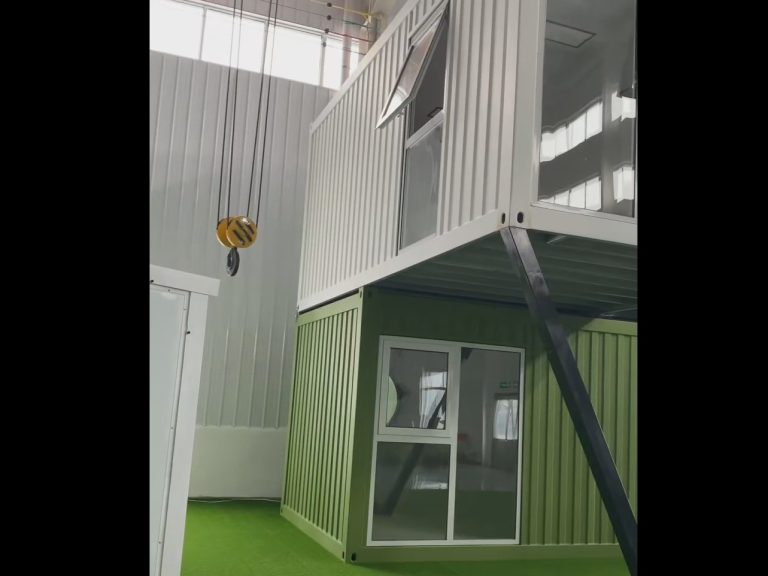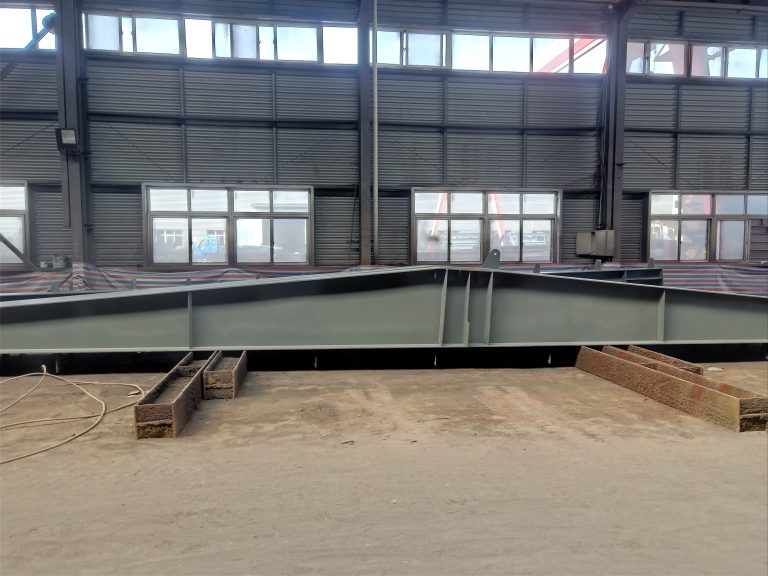Table of Contents
Exploring the Evolution of Steel Structures in Modern Architecture
Steel structures have played a significant role in shaping the modern architectural landscape. The use of steel in construction has revolutionized the way buildings are designed and built, allowing for greater flexibility, strength, and aesthetic appeal. The evolution of steel structures in modern architecture has been marked by a focus on both form and function, with architects and engineers pushing the boundaries of what is possible with this versatile material.

One of the key aspects of steel structures that has contributed to their popularity in modern architecture is their aesthetic appeal. Steel offers architects a wide range of design possibilities, from sleek and minimalist to bold and expressive. The use of steel in construction allows for large, open spaces with minimal support columns, creating a sense of lightness and openness in a building. This has led to the development of iconic structures such as the Eiffel Tower in Paris and the Sydney Opera House, which showcase the beauty and elegance of steel in architecture.
In addition to their aesthetic appeal, steel structures also offer practical benefits in terms of strength and durability. Steel is a highly durable material that can withstand extreme weather conditions and seismic activity, making it an ideal choice for buildings in areas prone to natural disasters. Steel structures are also highly resistant to fire, which is a crucial consideration in modern architecture. The strength of steel allows for the construction of tall, slender buildings that would not be possible with traditional building materials, opening up new possibilities for architectural design.
The innovation of form in steel structures has been a driving force behind the evolution of modern architecture. Architects and engineers have pushed the boundaries of what is possible with steel, creating structures that challenge our perceptions of space and form. The use of advanced computer modeling and fabrication techniques has allowed for the creation of complex, organic shapes that were previously unimaginable. This has led to the development of iconic buildings such as the Guggenheim Museum in Bilbao and the CCTV Headquarters in Beijing, which showcase the innovative use of steel in architecture.
The integration of sustainability principles into the design of steel structures has also been a key focus in modern architecture. Steel is a highly recyclable material, with a high percentage of recycled content in new steel products. This makes steel structures a sustainable choice for architects looking to reduce the environmental impact of their buildings. In addition, the lightweight nature of steel allows for more efficient construction methods, reducing the overall carbon footprint of a building. The use of steel in construction can also contribute to energy efficiency, as steel structures can be designed to maximize natural light and ventilation, reducing the need for artificial lighting and heating.
Overall, the evolution of steel structures in modern architecture has been marked by a focus on both aesthetic appeal and innovation in form. Architects and engineers have embraced the versatility of steel as a building material, pushing the boundaries of what is possible in terms of design and construction. The integration of sustainability principles into the design of steel structures has also been a key consideration, as architects seek to create buildings that are both beautiful and environmentally friendly. As we look to the future of architecture, it is clear that steel will continue to play a central role in shaping the built environment, offering endless possibilities for creative expression and innovation.
The Impact of Architectural Aesthetics on Steel Structure Design
Architectural aesthetics play a crucial role in the design of steel structures, influencing not only the appearance but also the functionality and overall impact of the building. Steel has long been a popular choice for architects and engineers due to its strength, durability, and versatility. However, it is the aesthetic possibilities of steel that truly set it apart from other building materials.
One of the key advantages of steel is its ability to be shaped and manipulated into almost any form. This flexibility allows architects to create innovative and visually striking designs that would be impossible with traditional building materials. From the sweeping curves of Santiago Calatrava’s bridges to the intricate lattice work of Frank Gehry’s buildings, steel has been used to push the boundaries of architectural design.
In addition to its flexibility, steel also offers a wide range of finishes and textures that can be used to enhance the aesthetic appeal of a building. Whether it is a sleek, polished surface or a weathered, rusted patina, the choice of finish can dramatically impact the overall look and feel of a structure. This versatility allows architects to create buildings that are not only visually stunning but also reflective of their surroundings and context.
Another important aspect of architectural aesthetics in steel structure design is the use of form to create a sense of harmony and balance. By carefully considering the proportions, scale, and symmetry of a building, architects can create a sense of unity and coherence that enhances the overall aesthetic impact. This attention to detail can be seen in the work of architects such as Mies van der Rohe and Le Corbusier, who used simple geometric forms and clean lines to create buildings that are both elegant and timeless.
Furthermore, the use of form in steel structure design can also have a practical impact on the performance of the building. By carefully shaping and arranging structural elements, architects can optimize the strength and stability of the structure, ensuring that it can withstand the forces of nature and the test of time. This integration of form and function is a hallmark of good design and is essential for creating buildings that are not only beautiful but also safe and durable.
In conclusion, the impact of architectural aesthetics on steel structure design cannot be overstated. From the flexibility and versatility of steel to the importance of form and harmony, aesthetics play a crucial role in shaping the built environment. By carefully considering the visual impact of a building, architects can create structures that are not only functional and efficient but also beautiful and inspiring. As we continue to push the boundaries of architectural design, steel will undoubtedly remain a key material for creating innovative and visually striking buildings that capture the imagination and inspire awe.







